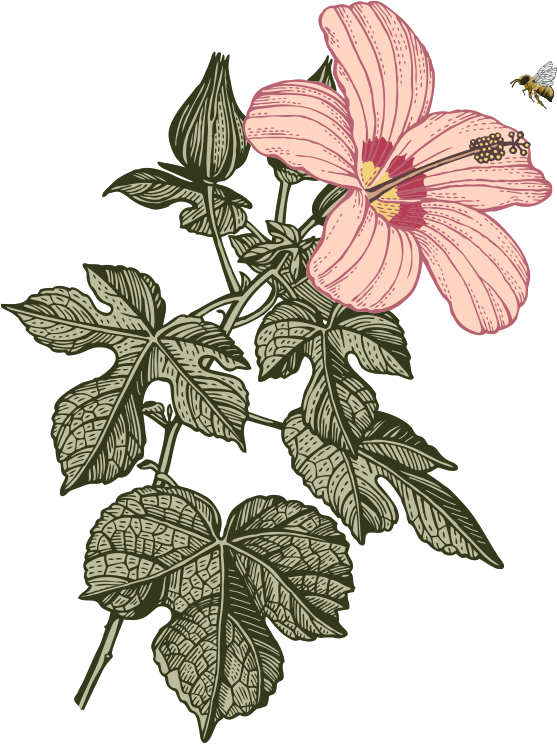In West Malaysia, we have overnight shipping so your honey should arrive within 48 hours. Expect orders to East Malaysia to arrive within five working days.
FAQs
UMF is the Unique Manuka Factor in Manuka Honey. A highly respected grading system identifies the natural markers found in Manuka Honey produced in New Zealand and assures purity and quality of the honey. Manuka Honey is a member of the AMHA (Active Manuka Honey Association), which is now known as the UMFHA association, the ultimate quality assurance when it comes to Manuka Honey.
The Molan Gold Standard (MGS) was developed by the scientist, Dr Peter Molan, who discovered the exciting antibacterial properties in Manuka Honey. MGS a government accepted certification mark that appraises the natural marker methylglyoxal found in Manuka honey and assures purity and quality.
Our honey is farmed from some of the most remote, beautiful places in New Zealand: beside the Whanganui River, under Mount Egmont in New Plymouth, and the rugged beauty of the Central Plateau.
Manuka is a Maori word for a tree called Leptospermum Scoparium, native to New Zealand, as well as producing manuka honey, it also helps regenerate eroded soil. By creating shade and shelter, it acts as a natural nursery for slower, more delicate native plants. What a clever plant!
Manuka Wellbeing’s honey meets the Ministry for Primary Industries (MPI) science definition of Manuka Honey. MPI tests for purity and both export standards, as well as the UMF quality standard.
Only children aged 12 months or older should eat Manuka Honey.
As long as you store your honey correctly and it’s not exposed to too much heat, it will keep for a long time. All of our Manuka Wellbeing Honey is poured into the finest quality glass jars to keep it at its highest quality.
Manuka Honey is rare, as it’s made from the Manuka plant, which only flowers at certain times of the year.
Grown in very remote and wild parts of New Zealand, our beekeepers need to travel to remote places to access our hives. Only flowering for three to four weeks a year, and heavily weather dependent, harvest can vary from year to year. It can also be hard to find a honey with UMF ratings higher than 10, all of which puts great demand on genuine, natural, great-tasting Manuka Honey.
If you see a cheap Manuka Honey on the shelf, it’s likely to be a fake.
Our honeybee friends make our Manuka Honey, all we do is extract it gently from the honeycomb, and store safely before we bottle it in glass jars and send it to you. You can read more in Our Story about how we produce Manuka Wellbeing Honey.
Honey is both a natural indulgence and pantry staple. Great in tea and on toast you can also use it in cooking, as a glaze as or a natural preservative for pickles and sauces. It is also excellent in baking as a sugar replacement, it adds a rich and complex dimension to food.
When the weather turns cold, honey can crystallise. Popping it somewhere warm can help the sugar crystals dissolve.
Due to New Zealand’s food regulations, we are unable to talk about any possible health applications and effects of Manuka honey; however, clinical studies show it is effective against a wide range of bacteria. Dr Peter Molan, a renowned scientist, discovered the special antibacterial properties in Manuka Honey when applied topically. You can read more about this here.
Manuka Honey is safe to eat if you are pregnant or breastfeeding, perfect for those sweet cravings.
For our Manuka Wellbeing honey lovers, we’re working on a rewards programme which will sweeten the deal. You can join our email list for the latest updates.
Once you’ve created an account with us, log in to see your previous orders and select items from that list to reorder. Quick and simple.


